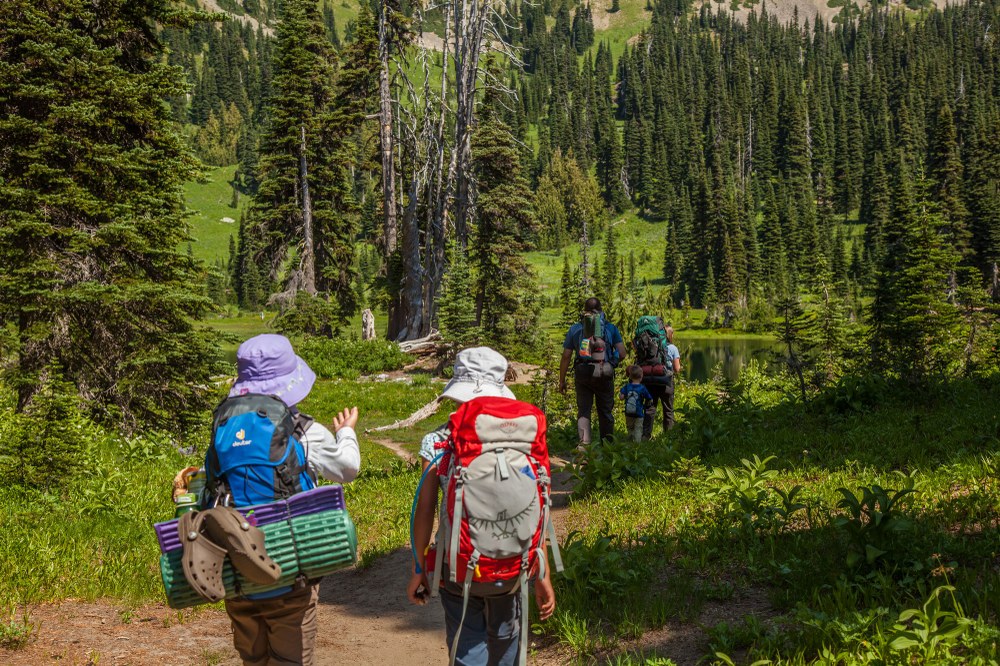
BY COURTENAY SCHURMAN, MS, CSCS, PN2
To get the most out of your pre-season training program, think about the outdoor activity you would like to prepare for the most and the fitness components that are important for that activity. Below is a handy chart to help. Aerobic exercise works large groups of muscles over longer periods of time. Anaerobic exercise involves short bursts of 10-60 seconds hard work with longer recovery time of up to 3 minutes.
The baseline for this chart is a healthy active adult who typically incorporates two full-body strength workouts a week (roughly thirty minutes each) and three aerobic workouts a week (twenty minutes each). If you do not include aerobic or strength training on a regular basis, then you would need to start with those components before adding sport-specific training.
You can see which fitness components are most important for your particular sport. “High” indicates that the training component is very important to successful (pain free, high joy) participation in the sport. For example, a high degree of aerobic conditioning will be of highest priority for people planning to participate in multi-day mountaineering and backpacking trips, while a high degree of strength will be most important for people who participate in rock or ice climbing and multi-day mountaineering.
“Average” need does not mean that you should ignore a particular component, it simply means that the component does not need training focus above and beyond the healthy average adult. As an example, a day hiker might include two full body strength workouts of 30 minutes per week that focuses on multiple-muscle group movements (average need), whereas the rock climber might include three 45-60 minute strength workouts, one focused on core, one on legs, and one session on upper body, depending on his or her perceived weaknesses and level of difficulty of technical terrain the climber anticipates covering in the summer.
These terms are relative — a person wanting to train for a flat five mile hike carrying fifteen pounds will need much less preparation time (medium aerobic conditioning) compared to a hiker wanting to train for a thirty-mile day crossing several high-altitude passes.
Assess what you currently do for your favorite in-city training and make sure you prioritize workouts that focus on developing each of the “high need” components for your sport. If you plan to go on multi-day mountaineering trips and your pre-season workout plan includes two or more hours a week meditating or doing yoga, you may want to shift priorities in your in-season program to be sure that you include sufficient strength and aerobic training as you near your goal. On the other hand, if you are training for rock climbing by including interval training and strength training, but you have encountered some joint or tendon issues, you may actually benefit from adding yoga, Tai Chi or other methods of flexibility training that can help provide you with long term joint health benefits.
By knowing what components are most crucial to succeeding in your sport of choice, you can make smart decisions about how to invest your workout time for maximal results.
For more how-to exercises and tips, visit her website at www.bodyresults.com or send a question to court@bodyresults.com.

This article originally appeared in our Spring 2018 issue of Mountaineer magazine. To view the original article in magazine form and read more stories from our publication, click here.
 Courtenay Schurman
Courtenay Schurman